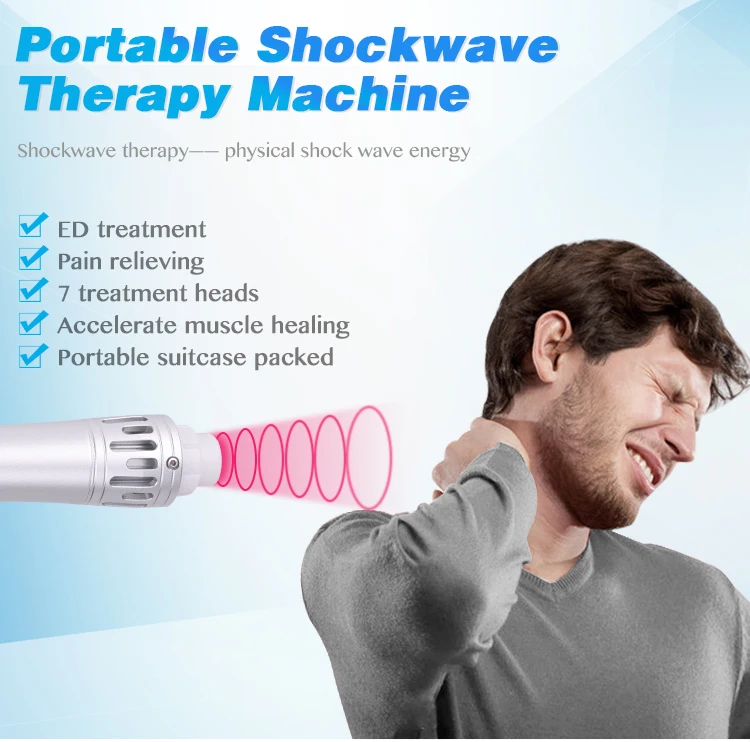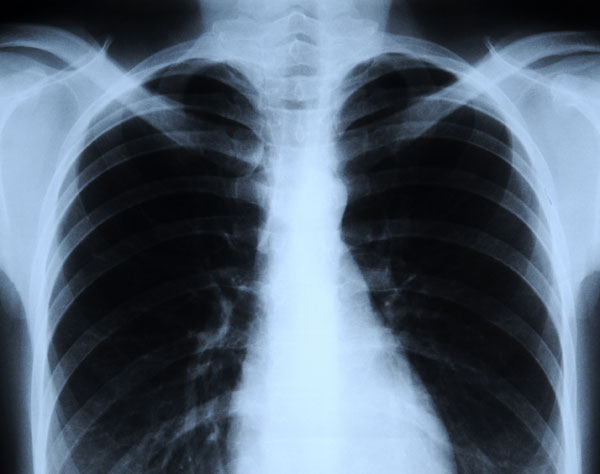

The effects of the EMR on the reproductive system is categorized as hazardous, neutral or beneficial. The effect of this type of energy waves on living tissues may exert various effects on their ability to function, although the mechanisms conditioning this phenomenon have not been fully understood. These waves which are constantly emitted from the natural environment, as well as from everyday appliances, frequently influence the human body. Therefore, the search for more efficacious, affordable treatment options attracts interest for the management of PCO and its subsequent complications.Įlectromagnetic radiation (EMR) consists of electromagnetic waves, which are synchronized oscillations of both electric and magnetic fields that travel through a vacuum at the speed of light. Present treatment options focus on controlling the associated signs and symptoms. However, complex interactions between genetic, behavioural, and environmental factors play critical roles in the development of PCOS and subsequent therapeutic options. The definite aetiology of PCOS remains largely unknown. Women with PCOS are more susceptible to several chronic conditions including obesity, dyslipidaemia, hypertension, heart disease, and type 2 diabetes mellitus (T2DM). It presents symptoms such as unwanted hair growth and hormonal changes which can negatively affect the emotional character of women which may subsequently may result in depression and anxiety. This condition manifests polycystic ovaries, hyperandrogenism, androgenic alopecia, hirsutism, acne, menstrual irregularity, anovulation or oligo-amenorrhea, miscarriage, and infertility. Polycystic ovary syndrome (PCOS) is recognized as the most common complex endocrine disorder affecting approximately 2–20% of reproductive aged females. FormalParaĮlectromagnetic Radiation, Polycystic Ovary.

The 150 kHz EMR appear to have little or no degenerative and morphological changes in the developing follicles, an increased number of typical developing follicles and a significant reduction in the number and size of the follicular cysts ( p < 0.05). However, the LH, LH/FSH ratio decreased significantly in the EV + EMR group compares to the EV group. Hormonal analysis revealed no significant difference in the testosterone and FSH levels between the EV + EMR and EV groups. Histometrical analysis showed an increased number of developing follicles and a significant reduction in the number and size of follicular cysts ( p < 0.05) in the EV + EMR group. Ovarian histology revealed near normal morphology with little or no degenerative and morphological changes in developing follicles in the exposed group. The estrous cycle was found to be irregular in both the EV and EV + EMR groups. The body and ovary weights did not differ significantly between the EV and EV + EMR groups. The serum concentration levels of Luteinizing Hormone (LH), Follicle-Stimulating Hormone (FSH) and testosterone were measured using the ELISA method. The histological study of ovarian tissue was carried out by haematoxylin and eosin staining. The regularity of the estrous cycle was assessed in all three groups. Body and ovarian weights were recorded and analysed. Estradiol valerate was administered orally to induce polycystic ovaries in EV and EV + EMR groups.
#Which type of electromagnetic radiation cannot be focused full
The EV + EMR group was subjected to full body exposure at 150 kHz EMR continuously for eight consecutive weeks.

Twenty-one female adult rats were divided into three groups ( n = 7 each): control, Estradiol Valerate (EV) and EV + EMR groups. To explore the effect of full-body exposure of 150 kHz Electromagnetic Radiation (EMR), on the development of polycystic ovaries in an estradiol valerate-induced PCO rat model. This frequency as an alternative therapy for the management of polycystic ovaries has not yet been explored. Tumour Treating Fields (100–300 kHz) is a recent innovative, non-invasive therapeutic approach to cancer therapy. Polycystic ovary syndrome (PCOS) is the most common complex endocrine disorder affecting approximately 2–20% of reproductive aged females.


 0 kommentar(er)
0 kommentar(er)
